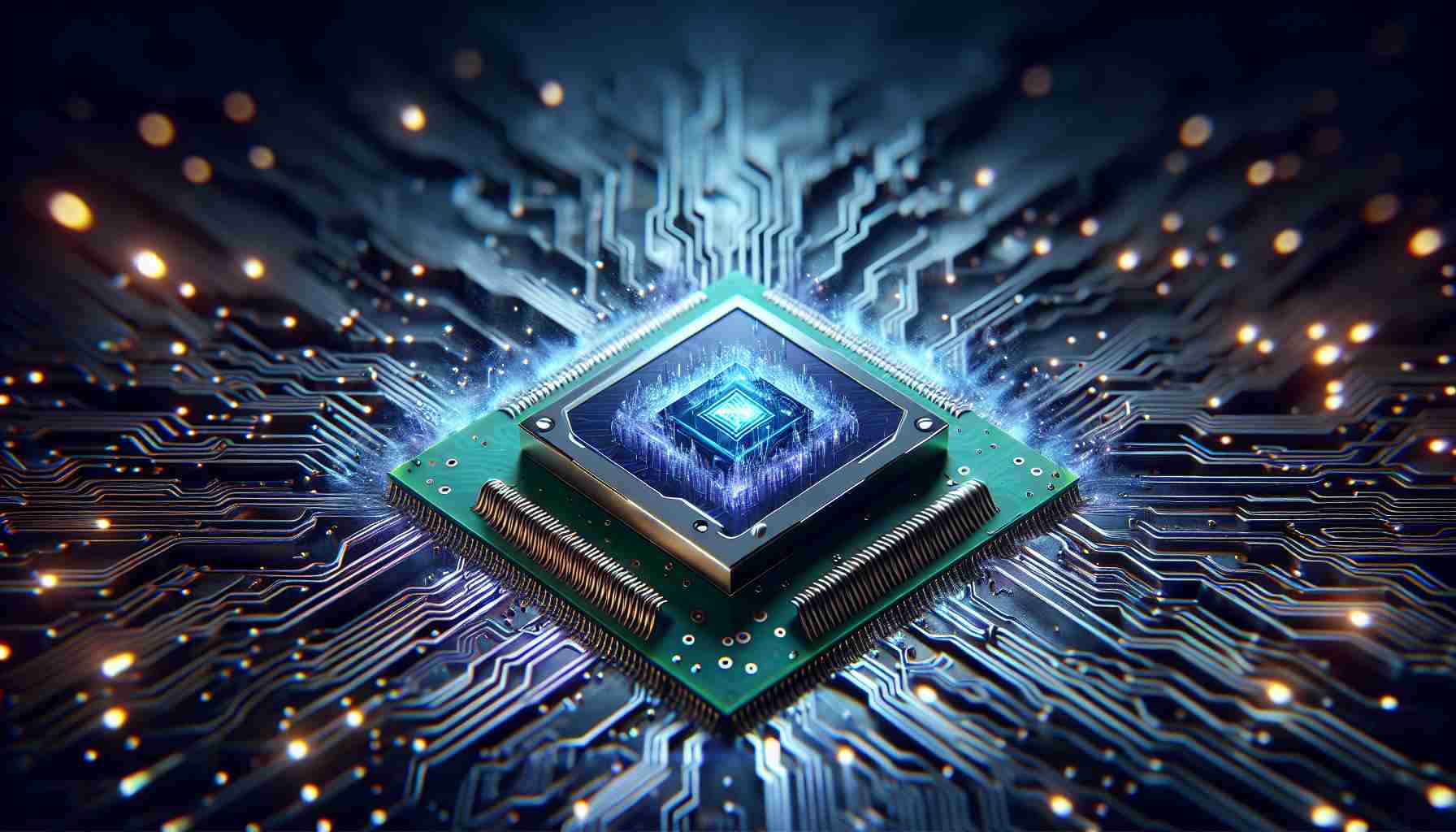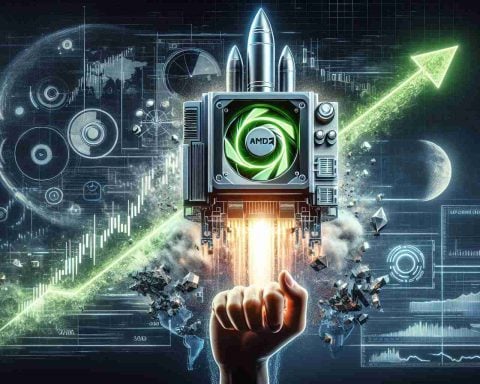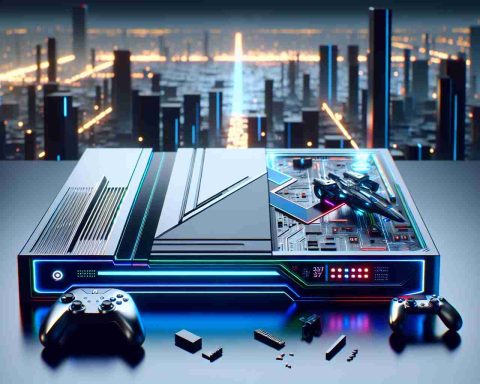In an exciting move blazing a path to the future of gaming, Intel has recently unveiled its groundbreaking new architecture that promises to revolutionize how games are developed and experienced. With the ever-growing demands of gamers for more realistic graphics and faster processing speeds, Intel is stepping up to the plate with their latest innovation: the Intel Arc GPUs.
Intel Arc GPUs, the lineup of discrete graphics cards, are set to challenge competitors and focus on creating visually captivating experiences. With AI-enhanced graphics and real-time ray tracing, these GPUs will allow developers to break new ground in producing lifelike environments and dynamic lighting challenges, disrupting the conventional norms of design.
Intel has also announced significant advancements in machine learning and software optimization that promise to improve game performance, decrease latency, and enhance overall user experience. These new technologies will transform virtual landscapes and gaming physics closer to reality by harnessing parallel computing power more efficiently.
Furthermore, the Intel focus is not entirely on raw power. They have spoken at length on creating an eco-friendly framework for their GPUs, emphasizing energy-efficient technology, and reducing carbon footprints. This commitment marks a responsible step towards a more sustainable gaming future.
As Intel continues to refine and unveil further details on the Arc series, it becomes clear that the gaming industry is poised for a transformation led by collaboration between technology giants and innovative minds. The future of gaming is on the brink of incredible change, offering endless possibilities for game creators and players alike.
The Hidden Ripple Effects of Intel Arc GPUs: Beyond Gaming
While Intel’s introduction of the Intel Arc GPUs signifies a major leap forward in gaming, its implications extend far beyond the gaming community. The integration of AI-enhanced graphics and real-time ray tracing is not only applicable to virtual worlds but also heralds substantial advancements in areas like augmented reality (AR), virtual reality (VR), and even filmmaking.
One fascinating application is in urban planning and architecture. These GPUs could enable more detailed simulations of city designs, testing environmental impacts, and energy consumption in real time. This kind of simulation could significantly enhance decision-making processes within municipal bodies, resulting in more efficient and sustainable urban development.
A perhaps less discussed area is medical imaging. Leveraging the same technology that enhances gaming graphics, health professionals could gain access to more vivid and detailed visualizations of medical scans, potentially leading to more accurate diagnoses and personalized treatment plans.
But what about potential downsides? One growing concern is the digital divide. As Intel Arc GPUs promise cutting-edge capabilities, there is a risk that such advancements could widen the gap between those who have access to these technologies and those who do not. Cost, accessibility, and infrastructure pose significant challenges, especially in developing countries.
Can the push towards eco-friendly frameworks balance this divide? Energy efficiency in GPU technology could make computing more accessible by reducing operational costs. However, without widespread distribution tactics, these benefits may remain confined to more affluent societies.
In considering these broad-scale impacts of Intel Arc GPUs, it’s clear that the effects will ripple across multiple sectors. How can we ensure that these advancements are as inclusive and beneficial as possible for consumers worldwide? Only time and proactive strategy will tell.
For more details on graphics technologies, visit the Intel and NVIDIA domains.














